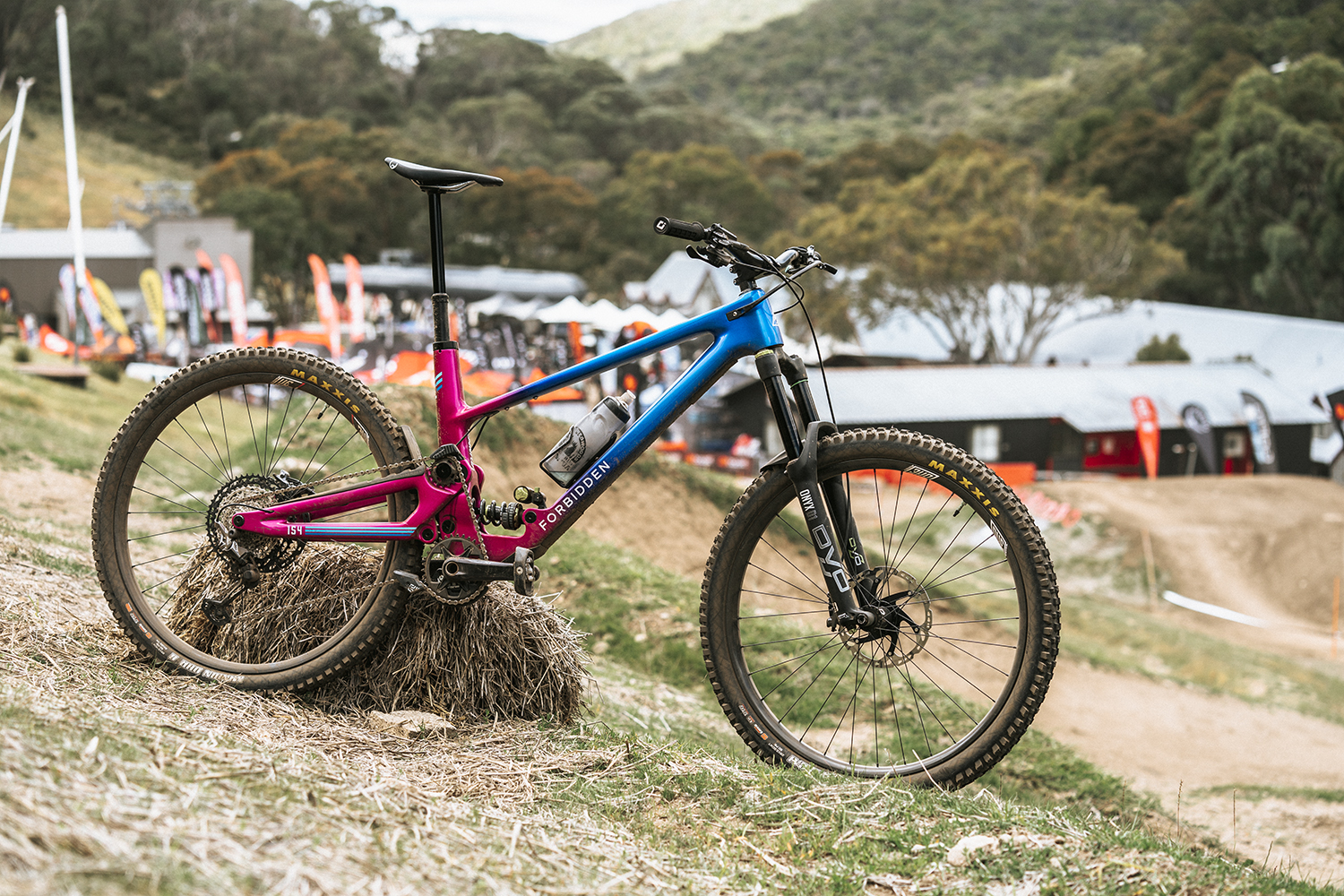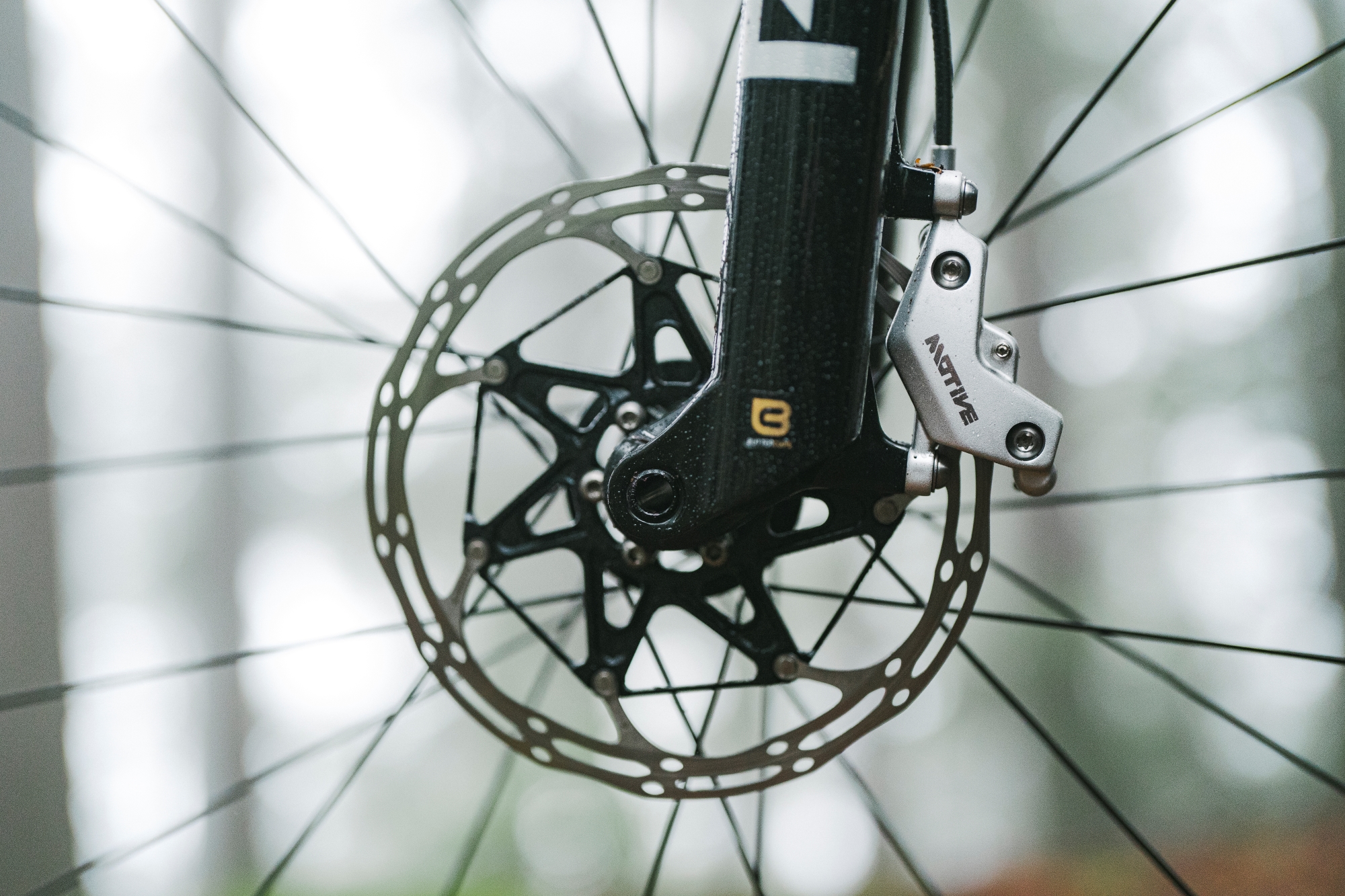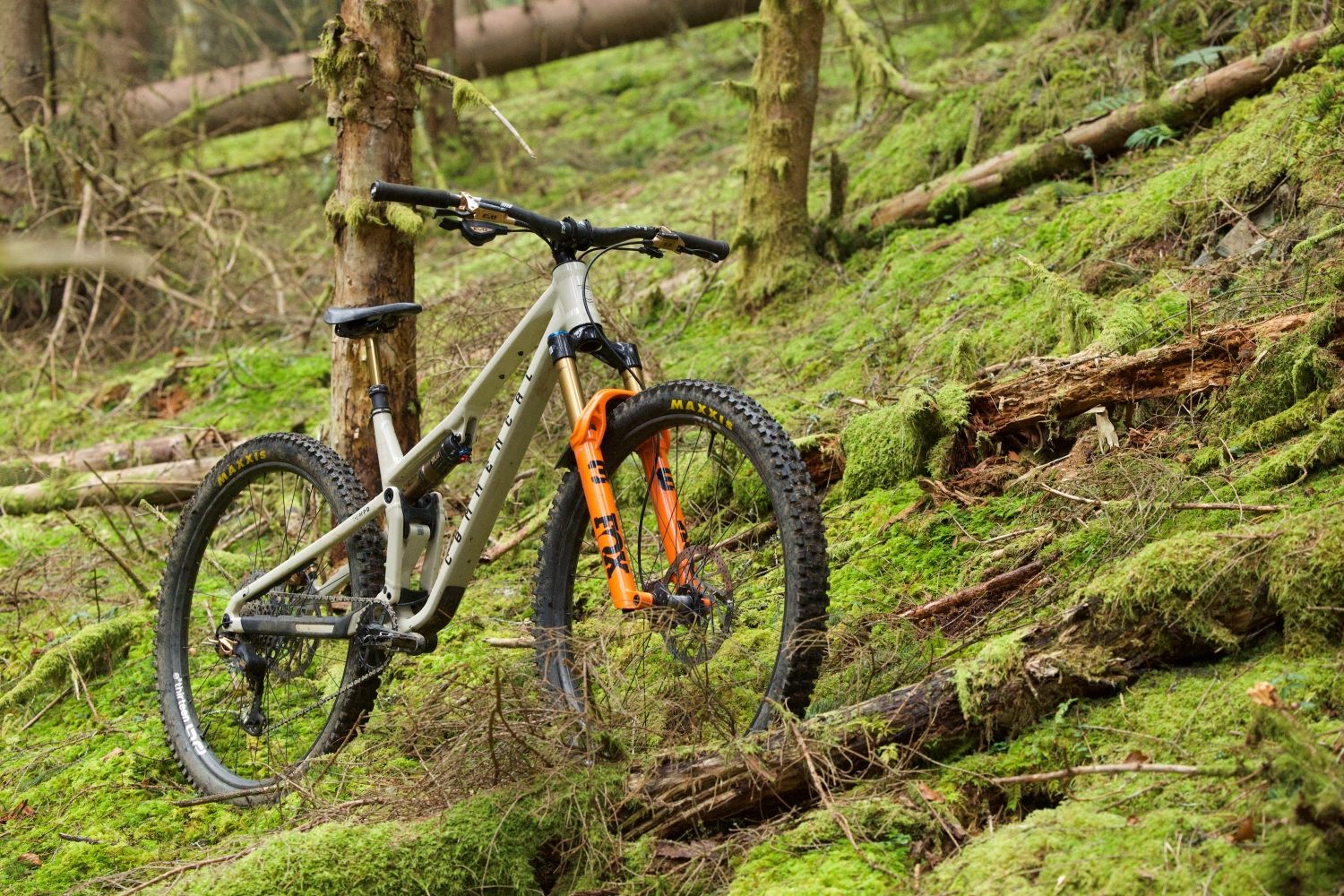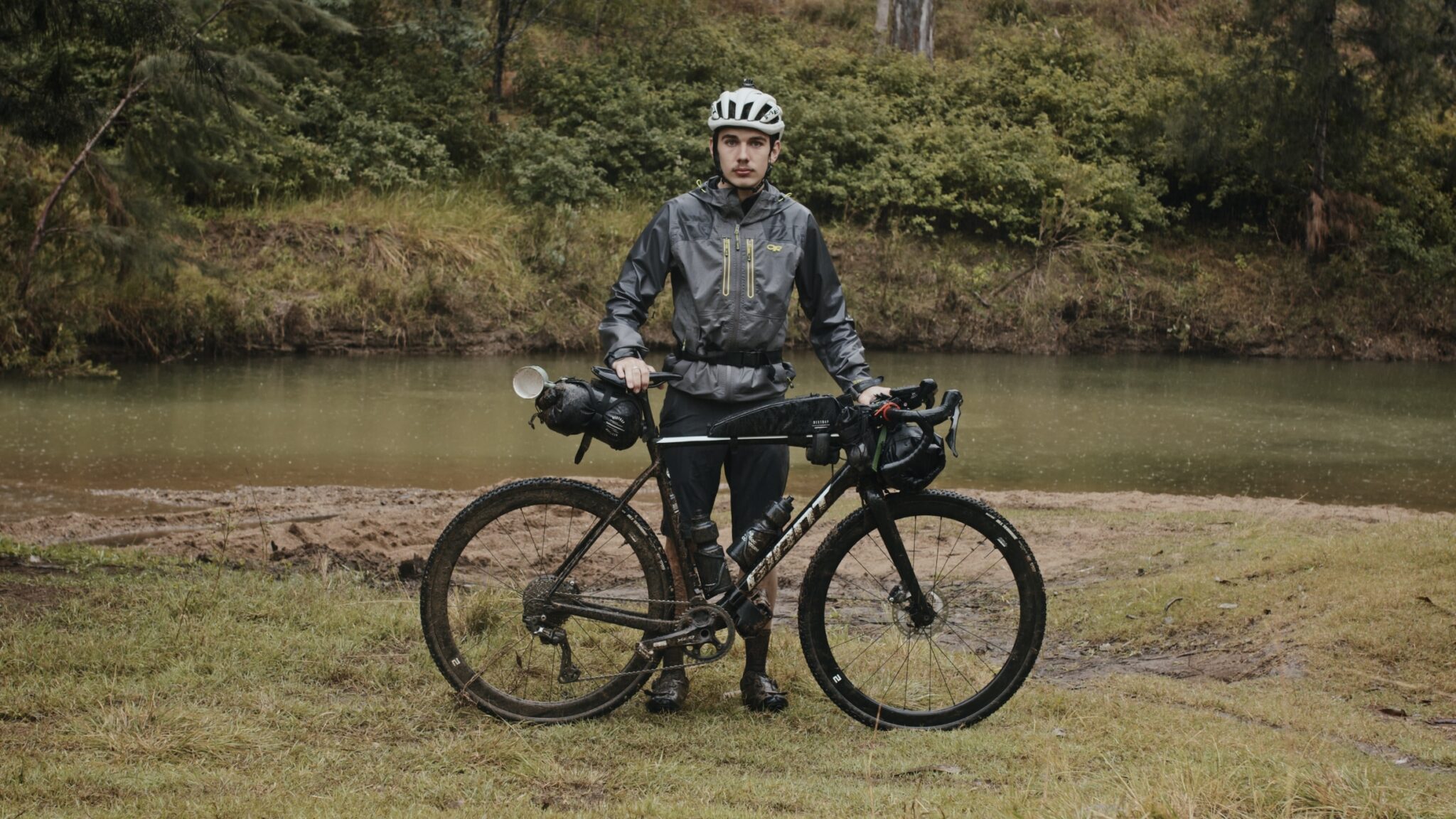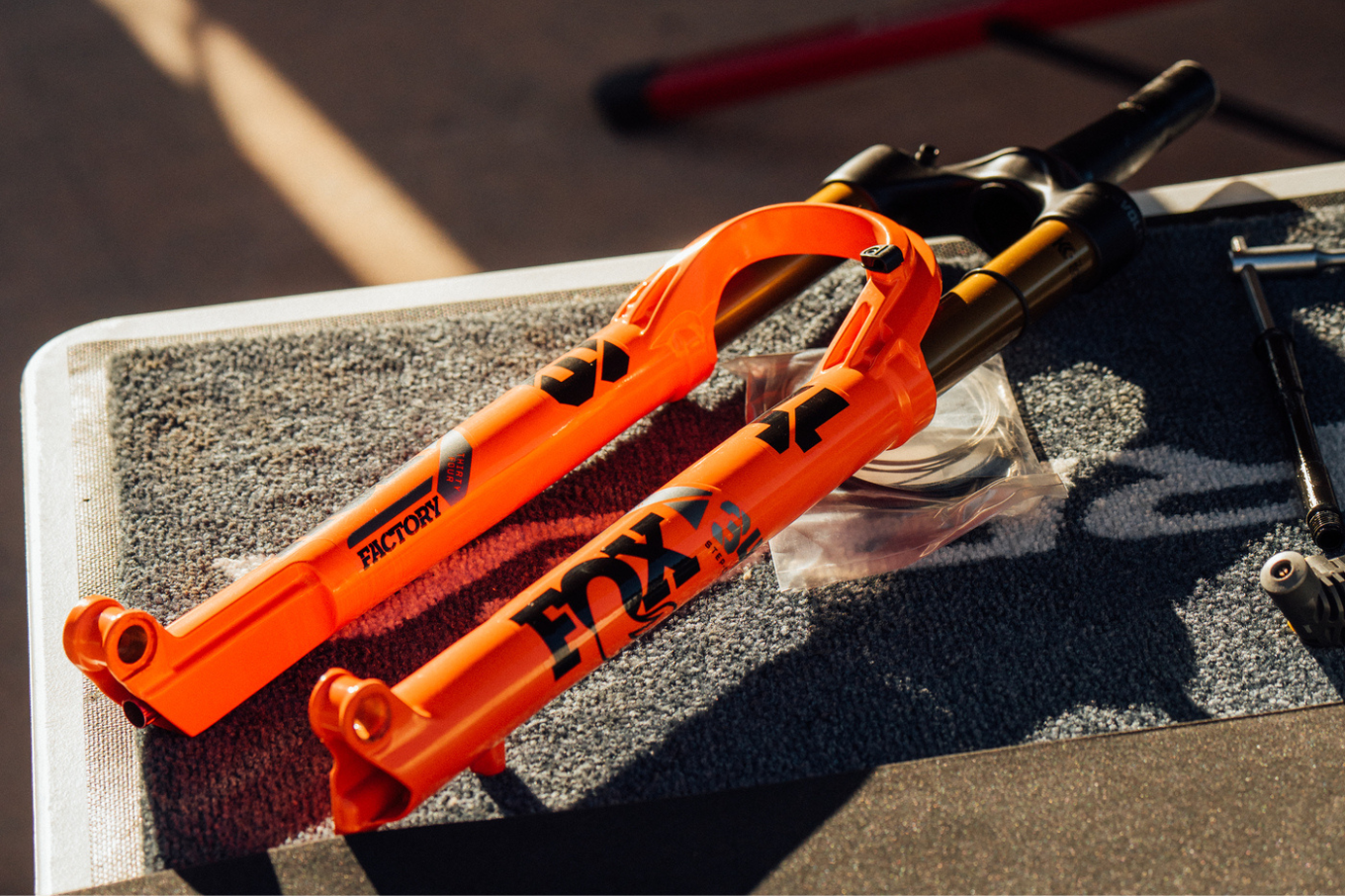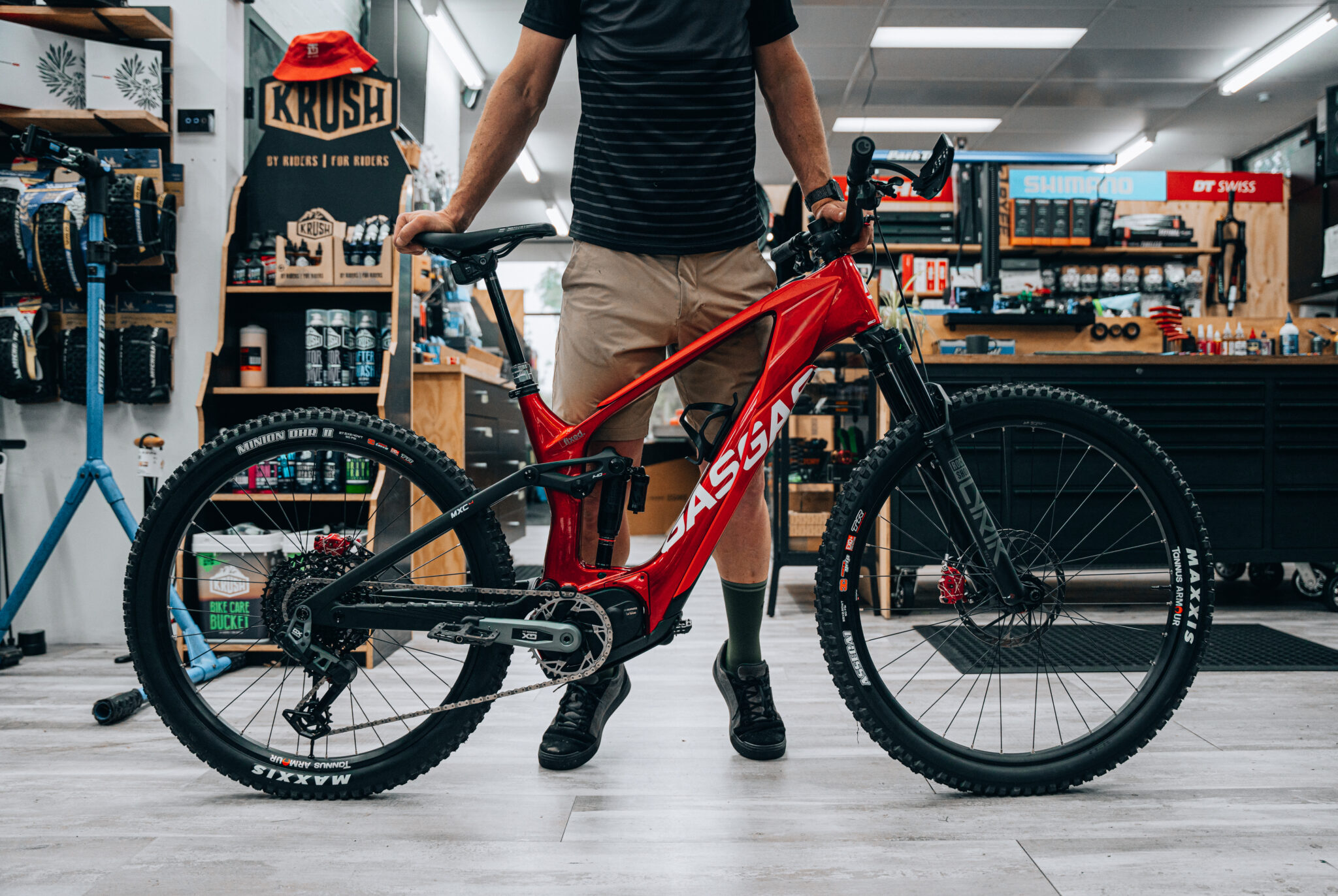FIRST LOOK: Forbidden Dreadnought Custom Build
We've got Hayden Wright setup on a custom-built Forbidden Dreadnought - and it's on test for a coming issue.
Words: Hayden Wright
Photos: Amelia Howler
If you were paying attention to the recent results at the Australian Downhill National Championships, you would notice that both the Elite Women's and Elite Men's crowns were taken out by athletes riding high pivot, 29’ wheeled enduro bikes. While surprising, the Norco Range which Ellie Smith piloted to victory in the womens field is undoubtedly a downhill bike in an enduro bikes clothing – as reviewed and written by our very own Ryan Walsch in issue 194.
READ: Forbidden Druid bike test
With a high pivot design and 170mm of rear travel, this bike is as close to a downhill bike as you can get while still being able to ride back uphill under your own steam. But what about the Forbidden Dreadnought that Connor Fearon rode to the win in the mens category? How could a bike with a mere 154mm of rear travel compete against the likes of Scott Gamblers, Commencal Supremes and Santa Cruz V10s on the fast and rough Maydena course?
Enter our newest long term test bike.
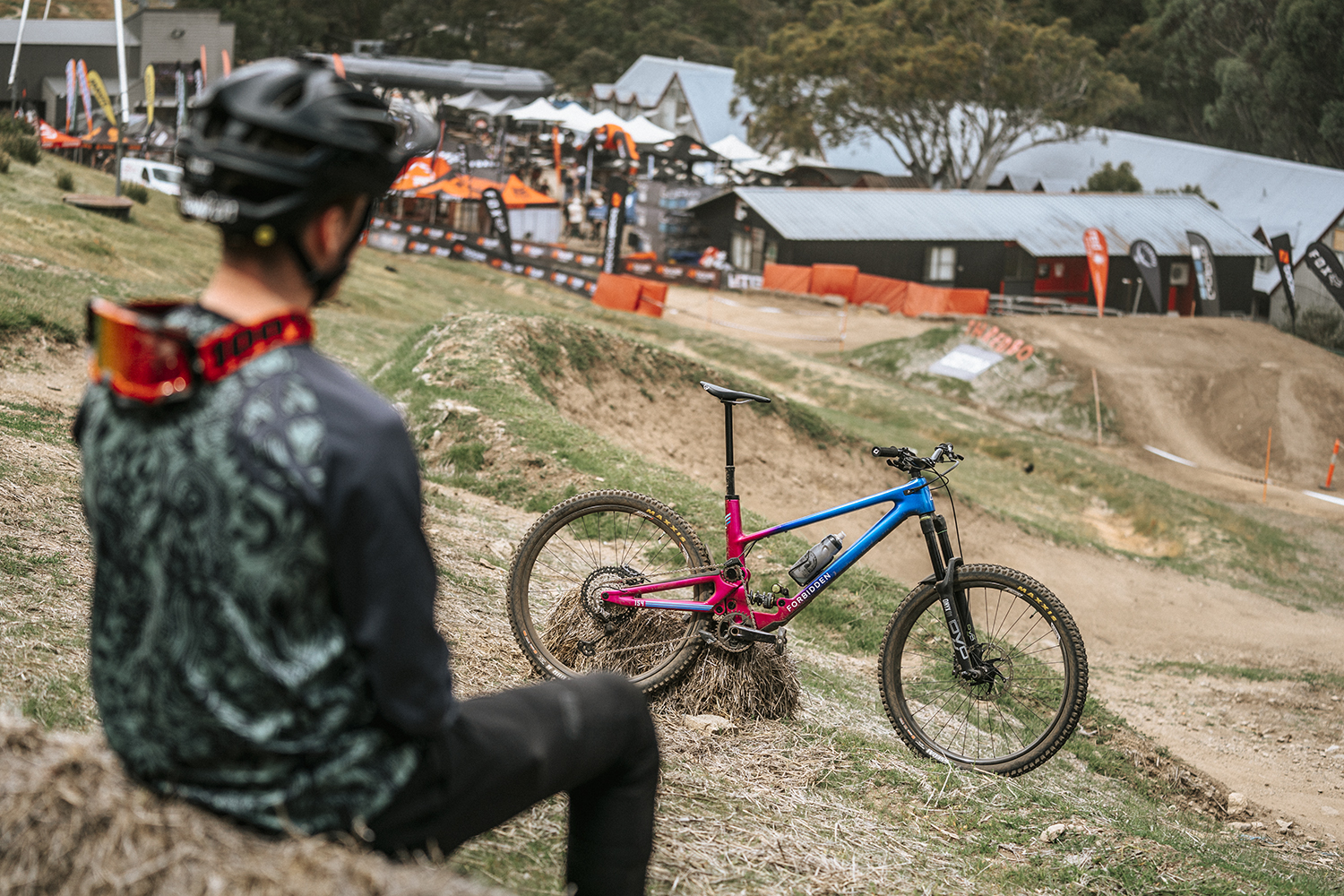
Available as a frame+shock for $5899.95 through DanJas Imports, the Forbidden Dreadnought has burst onto the Australian gravity scene in the past few months. Being ridden by the likes of Connor Fearon and Tim Eaton to podiums all the way from Thredbo to Tasmania, Forbidden's claims of a bike which “fears no climb or descent” is quickly being proven to be more fact than fiction when in the hands of the countries fastest. Fortunately, we have our very own Dreadnought on test to see what this sled is like as a daily driver.
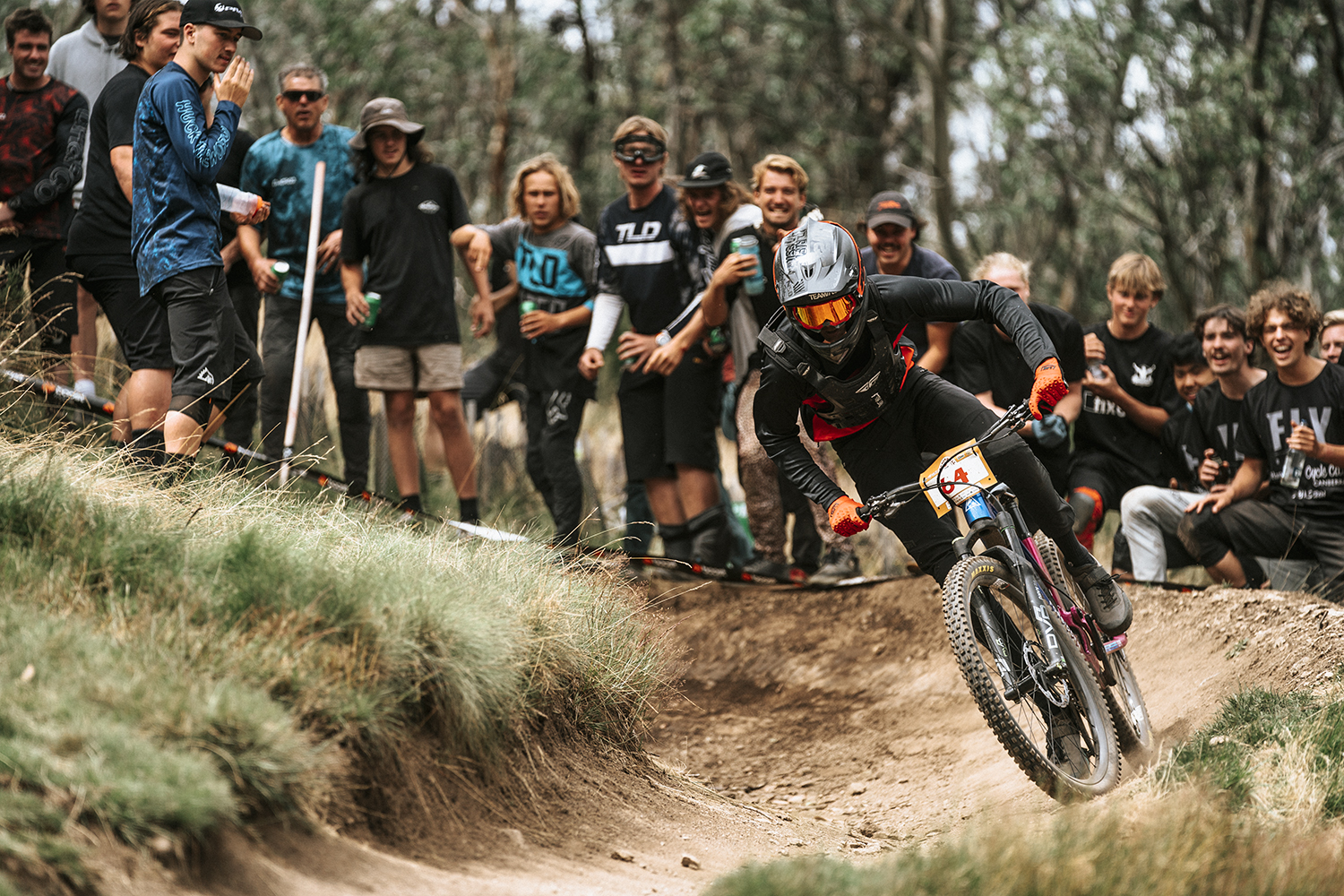
The XL Dreadnought that I am riding has a reach of 506mm, which is on the conservative side for an XL enduro bike. This is offset by a whopping 464mm static chain stay length, hinting towards Forbiddens focus on front to rear balance rather than going longer in the front and shorter in the back as is commonplace with many brands now. Throw in a 63.5° head tube angle, 170mm fork, -26mm BB drop and 77.1° seat tube angle and you have a reciepe for a bike that should want to go downhill fast.
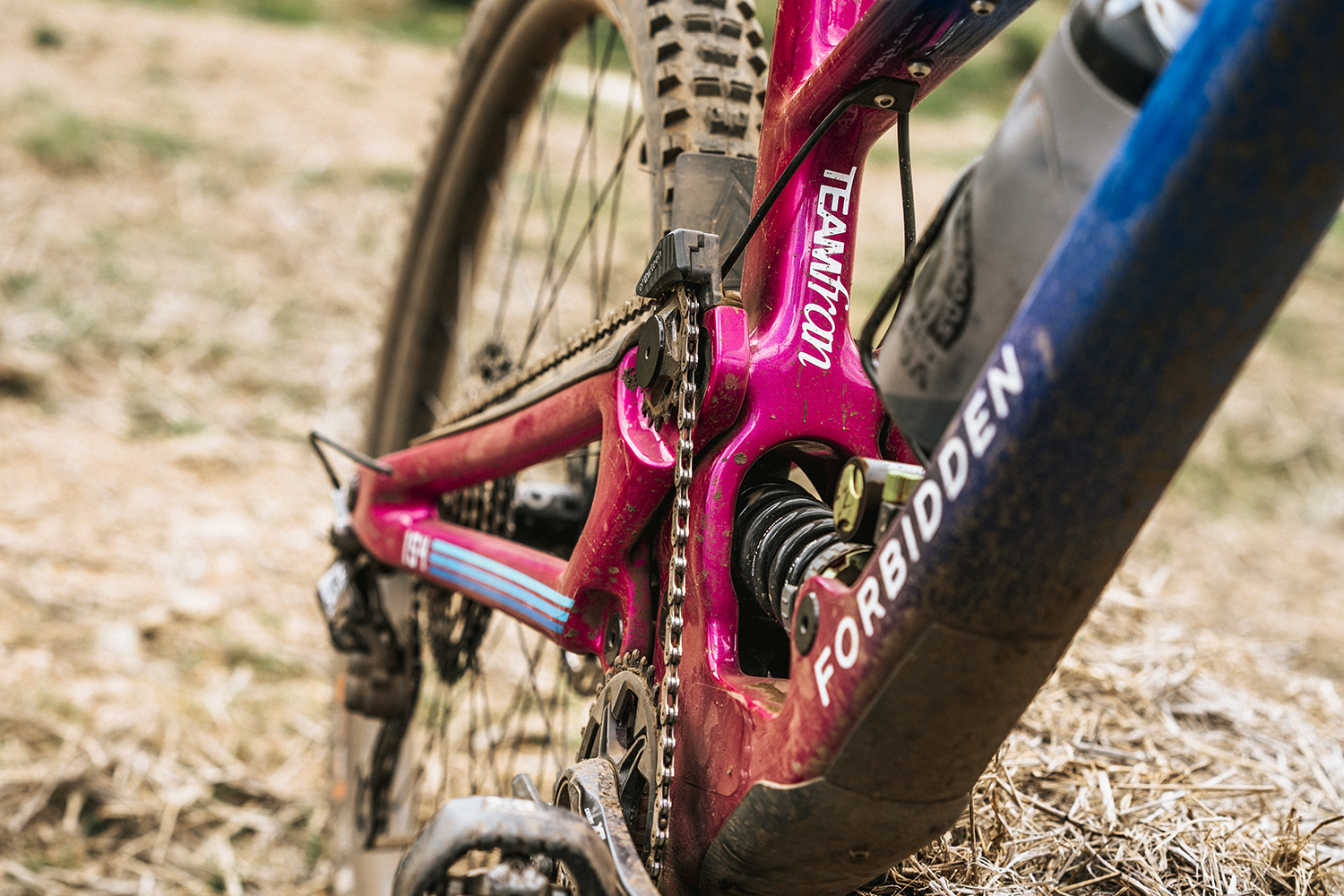
My first impressions are that of speed, stability, and traction. Thanks to the high pivot suspension design and 100% rearward axle path, the Dreadnought has an amazing ability to smooth out even the roughest sections of trail while maintaining its composure. As the bike moves through its travel the chainstay length grows rather than shortening as you would see on a non high pivot bike. This leads to the bike feeling much more stable through big compressions and long rough sections than what I am used to.
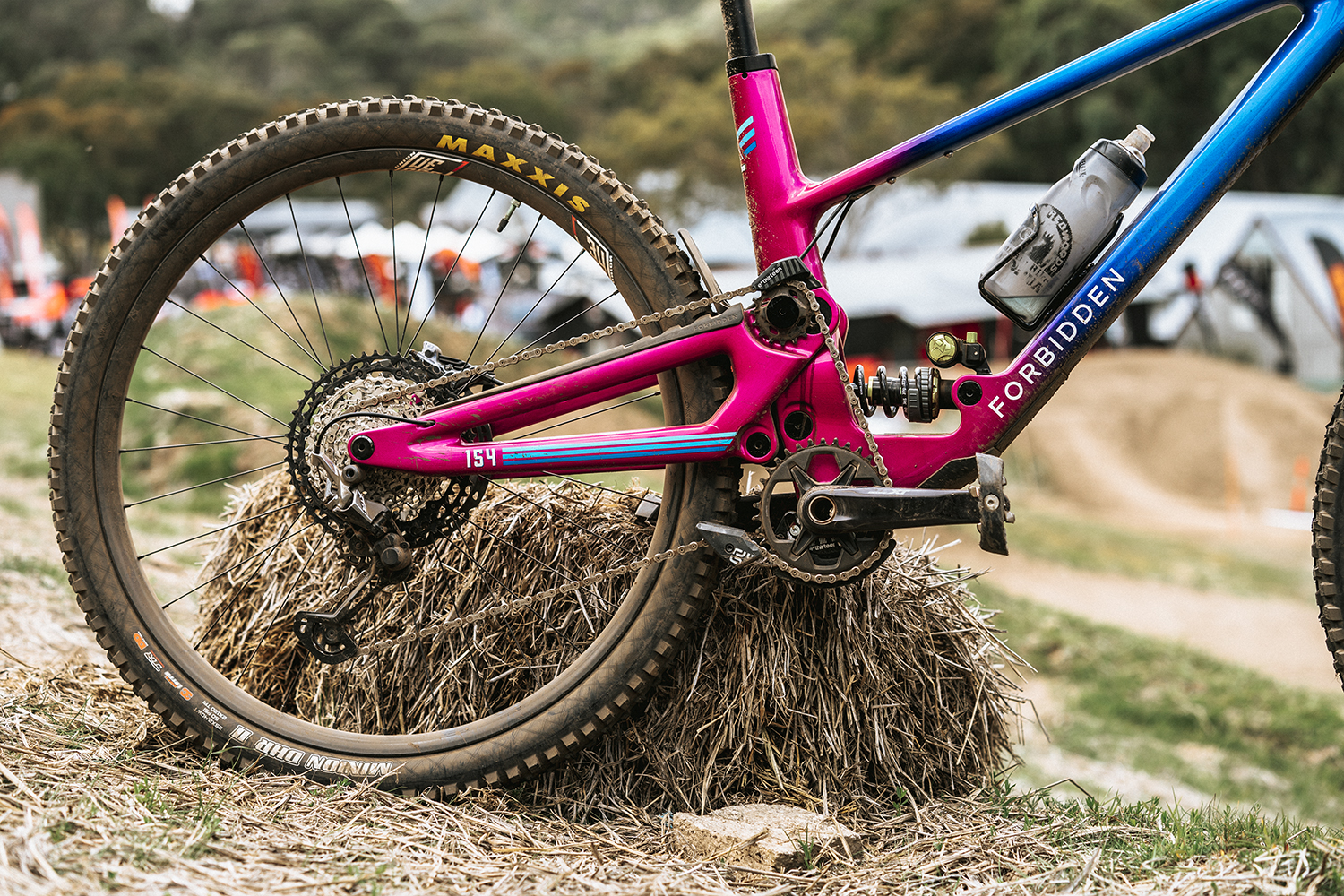
While this did take a little getting used to, after a few rides I found myself hitting new PRs on some of my favourite local trails, with the clock confirming what I was feeling on the bike. This thing rips on the way down, and truly shines the more you push it.
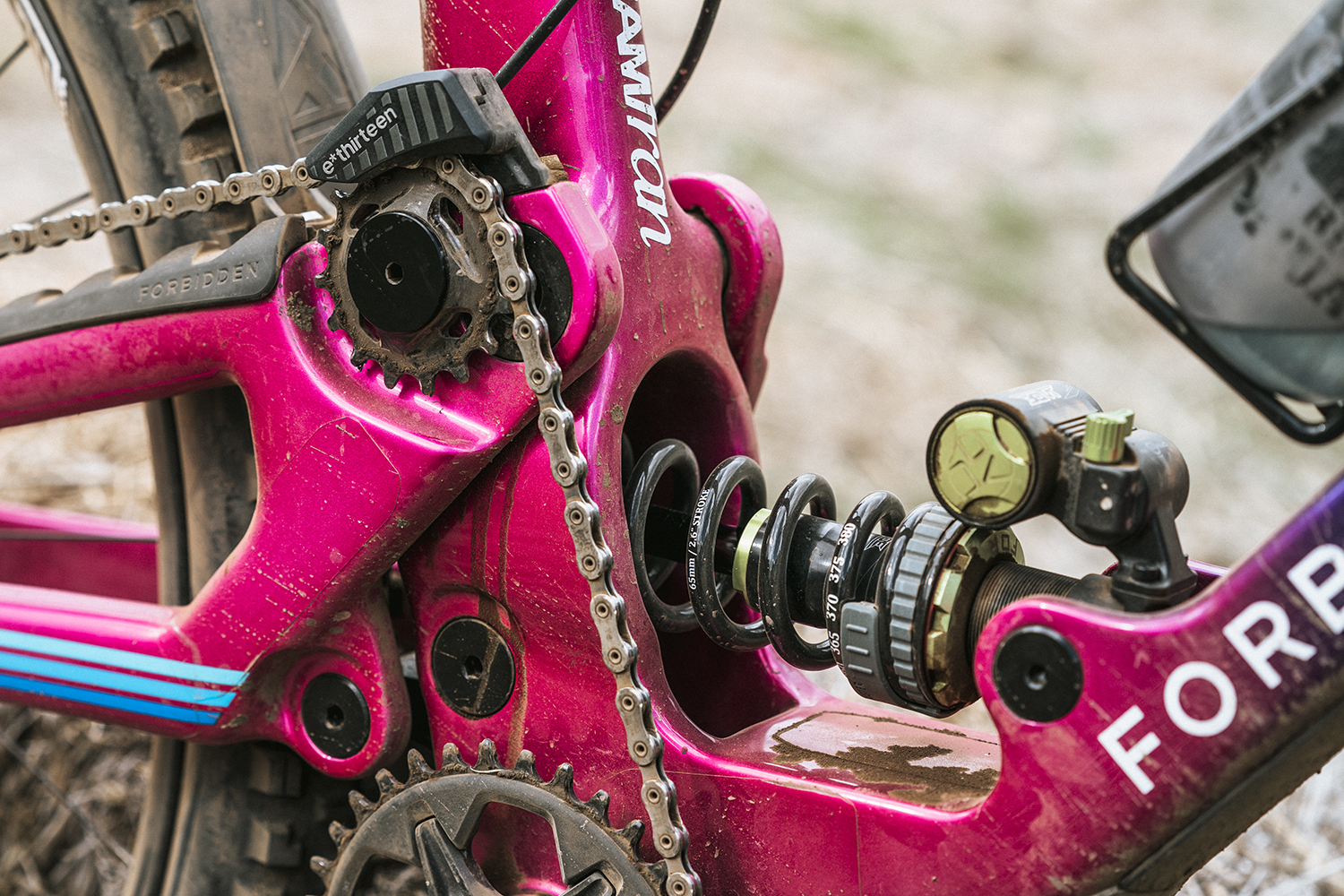
Being a daily driver, it is very important to me that a bike pedals well no matter how good it is downhill. Internet forum chatter had me convinced that the additional drag caused by the upper idler pulley was going to have my pedalling efficency suffering, with the drag caused by this little sprocket being noticeable and annoying on longer rides and pedally race stages.
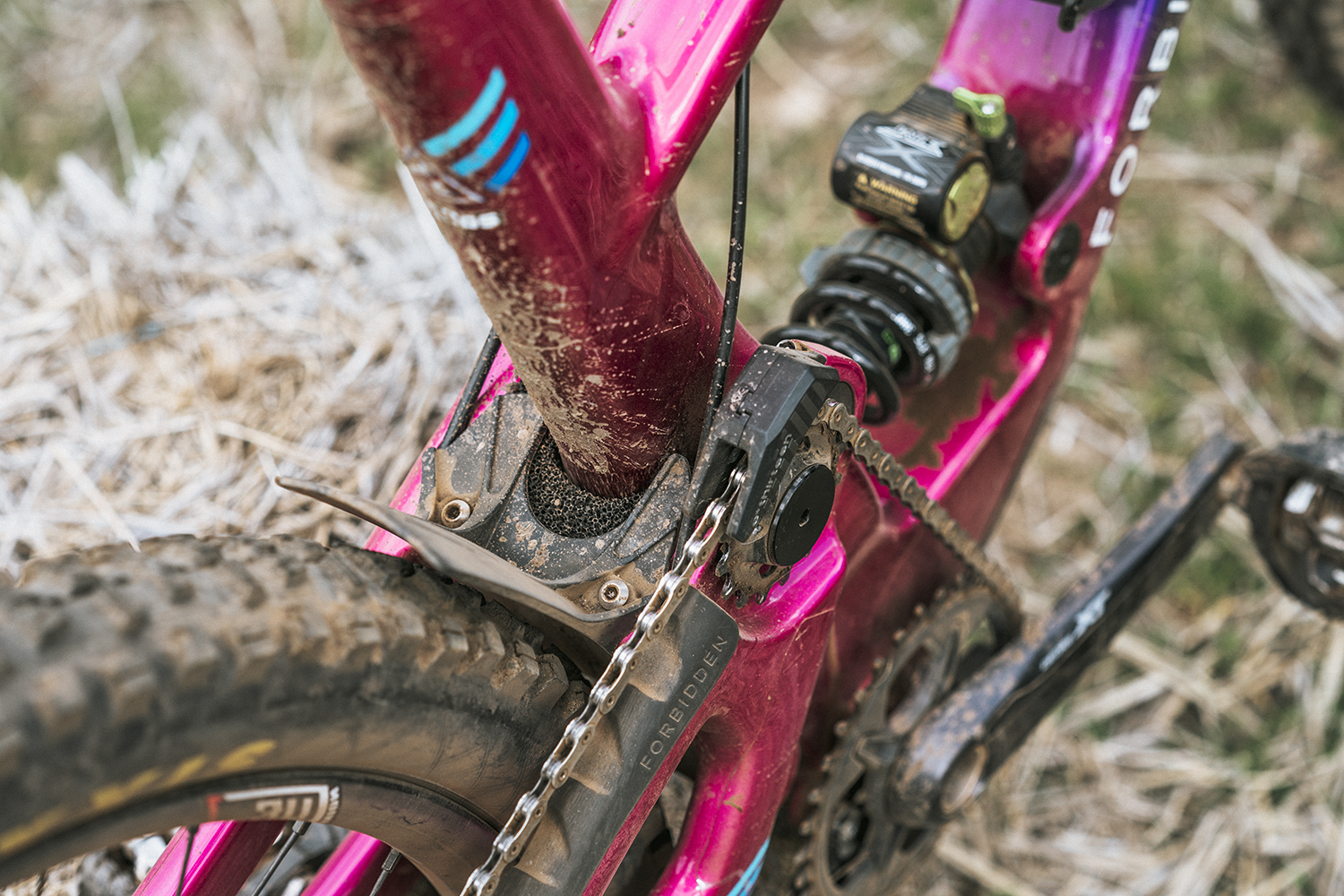
Happily, I do not notice it at all. This bike has pedalling performance that I would say is very similar to my usual ride (Giant Reign) and is very comfortable to ride for extended periods of time thanks to the high front end and steep seat tube angle. Combine that with some nice long chainstays giving oodles of traction on steep climbs and you can understand why I have been gravitating towards long adventurous trail rides on this bike, rather than it just being an enduro/shuttle rig.
I am really looking forward to spending a lot more time on this bike over the coming months. Stay tuned to issue #196 of the mag where I will get into the nitty gritty of this hypercolour enduro machine.
